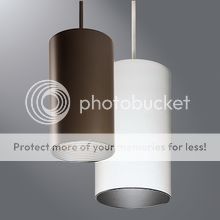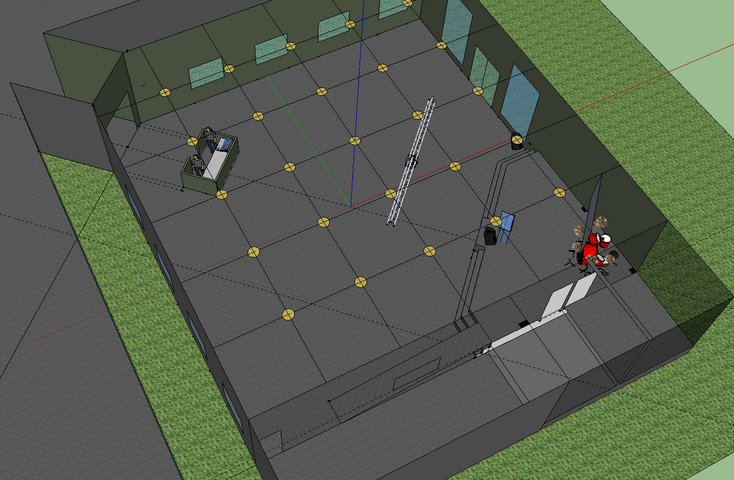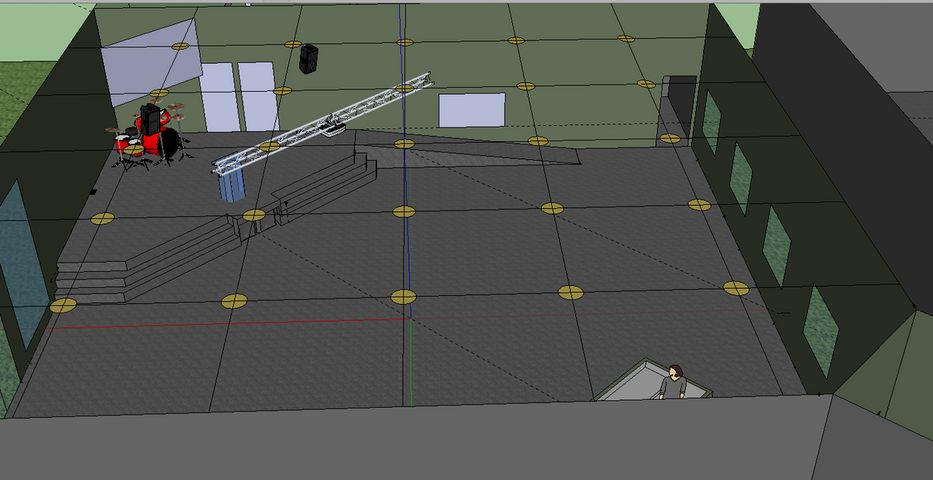covenantseth
Member
Hello everyone, This is my first post and I am super excited about this forum; I have just discovered it.
I didn't see another forum that specifically answered this question but I need some help.
I am putting together a lighting/video and sound system for a church's new sanctuary. They want their lights to be dimmable. I am picking out the fixtures and equipment for this project and have a few questions. I have never put together a system that included the house lights. We are looking at putting in 25 recessed lights that will dim. Now as far as wiring is concerned. Can you wire a lighting fixture into a 3 prong Edison plug?
So essentially the house lights would go like this (light)---(light)---(light)---(light)---(light)----(edison plug)--->(dimmer rack)
I have looked into the higher end Lephrchan dimmers but am wanting to go cheaper. Is it alright to do this? Is that up to electrical code? Does that make sense?
Also, what is a typical common company that manufactures a 200-300w bare bones recessed incandescant fixture? Thanks your patience with my lack of experience!
I didn't see another forum that specifically answered this question but I need some help.
I am putting together a lighting/video and sound system for a church's new sanctuary. They want their lights to be dimmable. I am picking out the fixtures and equipment for this project and have a few questions. I have never put together a system that included the house lights. We are looking at putting in 25 recessed lights that will dim. Now as far as wiring is concerned. Can you wire a lighting fixture into a 3 prong Edison plug?
So essentially the house lights would go like this (light)---(light)---(light)---(light)---(light)----(edison plug)--->(dimmer rack)
I have looked into the higher end Lephrchan dimmers but am wanting to go cheaper. Is it alright to do this? Is that up to electrical code? Does that make sense?
Also, what is a typical common company that manufactures a 200-300w bare bones recessed incandescant fixture? Thanks your patience with my lack of experience!





